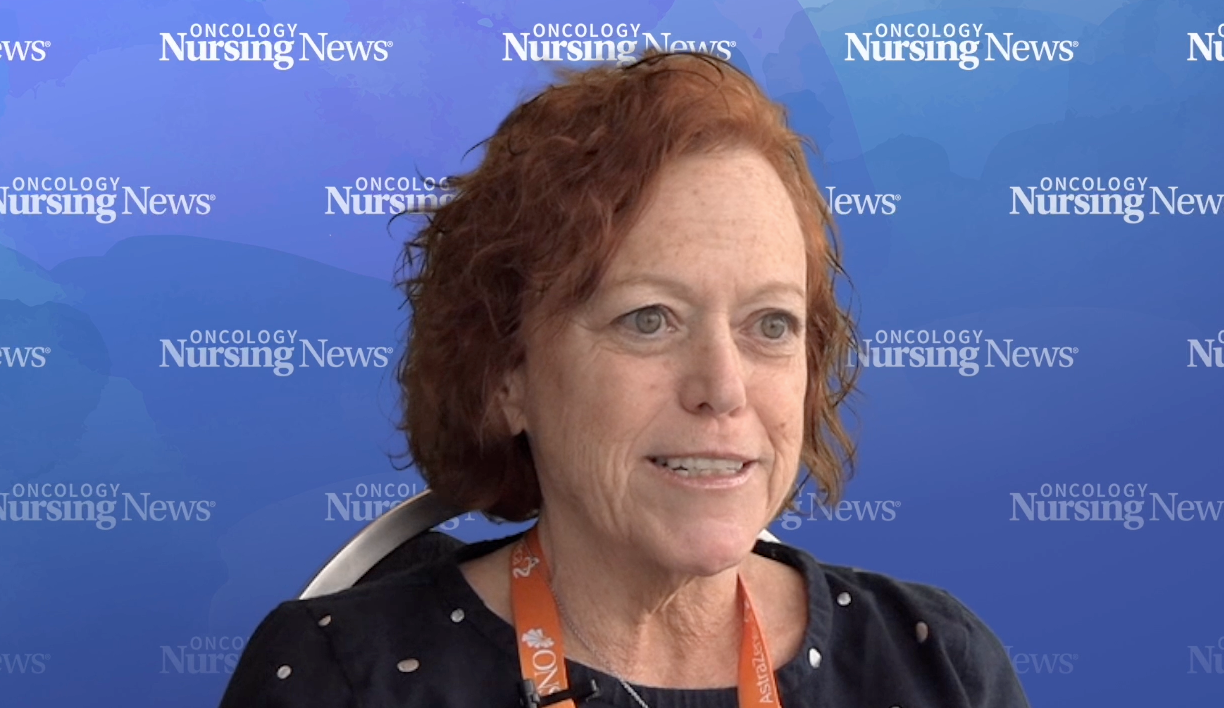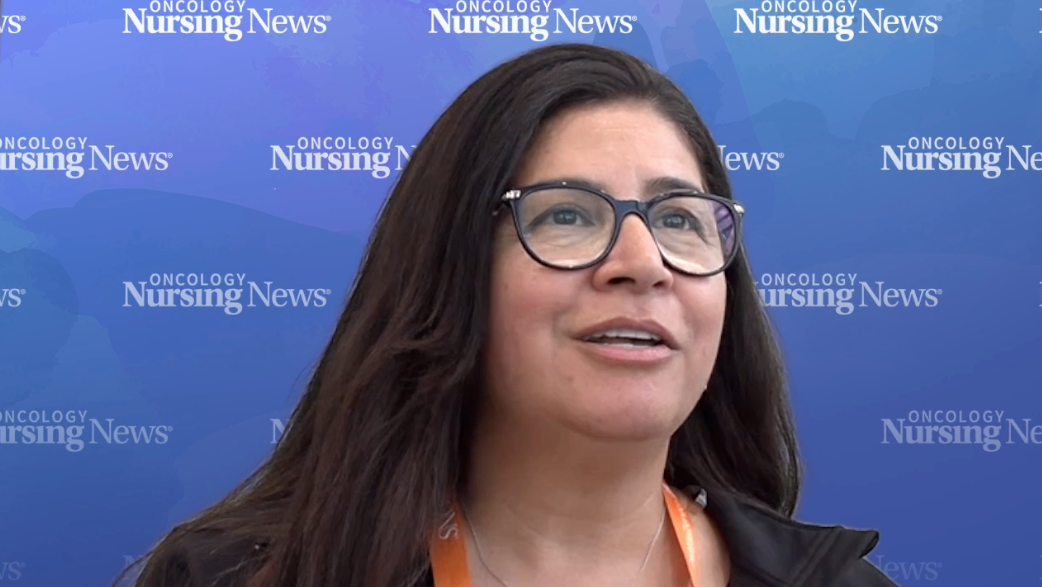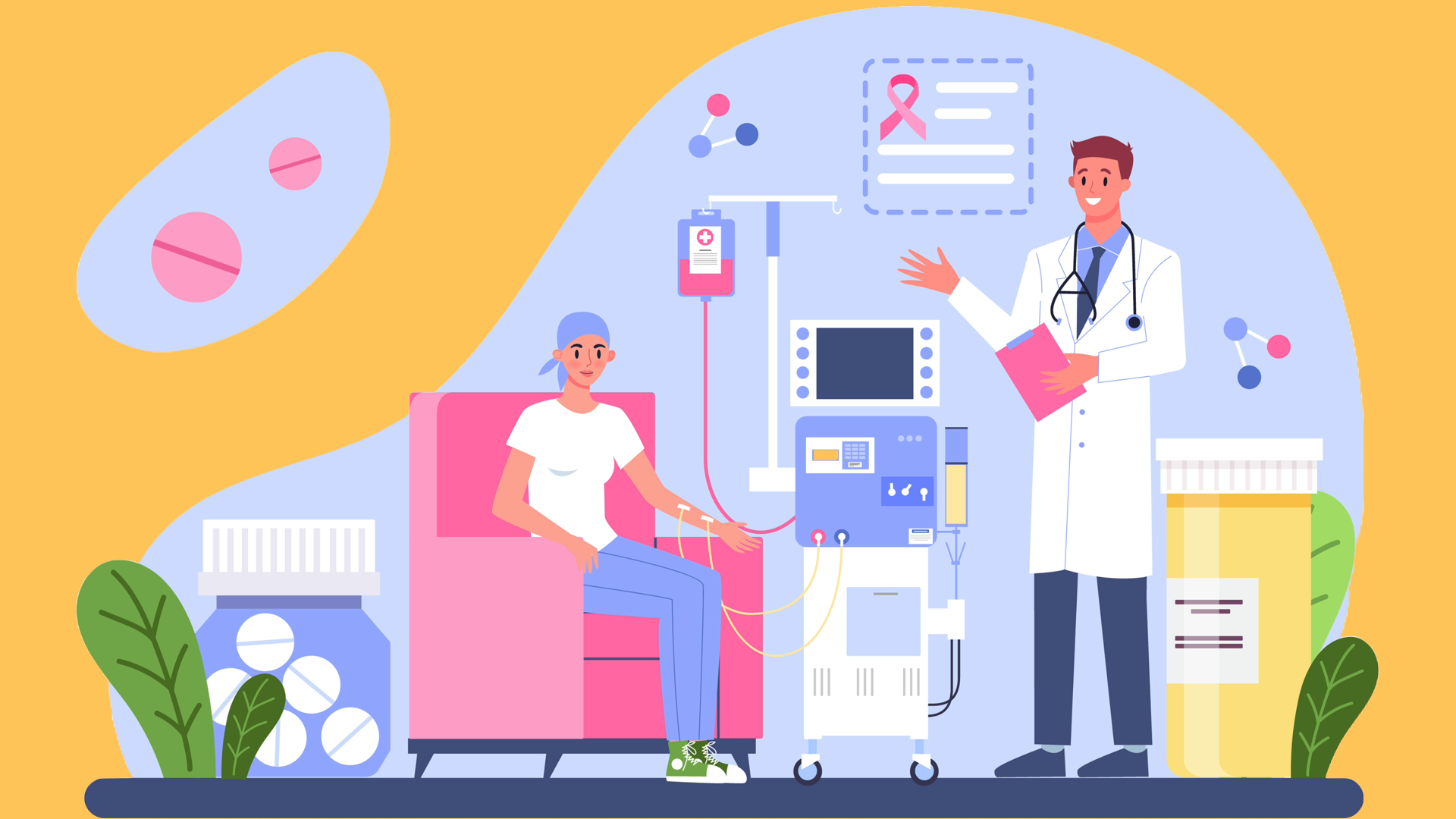Integrated Behavioral Health Vs Standard Practice: What’s The Difference?
A licensed clinical health psychologist with Allegheny Health Network discusses fully integrated behavioral health programs and how their design alleviates potential barriers to care that patients may experience.
Unfortunately, there is great variability between the types of behavioral support that patients with cancer receive, according to Matt Iwaniec, PsyD.
Nevertheless, patients who can access programs with fully integrated behavioral programs benefit from the lack of barriers and ease of access, the licensed clinical health psychologist explained.
In an interview with Oncology Nursing News®, Iwaniec, who works with the stem cell transplant and CAR-T therapy program at Allegheny Health Network, explained how the behavioral health services function at his own institution compared with institutions which involve a third-party therapy team.
“The idea is for behavioral health [to] be fully integrated, meaning you get a diagnosis, you are introduced to the mental health professional who's already working in the clinic—[someone who] has an established relationship with the other people working in that clinic,” Iwaniec explained. “Then you can orient them to what behavioral health care looks like, what services are available to them, how they access those services, how often they would see you, what you would be working on, etc.”
“What is more typical [in traditional institutions] is that people will see an oncologist and they might be screened for some type of emotional distress. Maybe they have symptoms of anxiety or have symptoms of depression, and [therefore] a nurse or provider will refer them to a behavioral health provider that's outside of the clinic— somebody else in the community that they might have sort of a somewhat distant relationship with. They're not working directly together, but they're aware that they're out there and they try to funnel patients into that location.”
“[But] the patient is responsible for contacting that person, making the appointment, getting themselves [to the appointment],” he added. “They are [not] getting introduced to that person for some time. That distance really creates a barrier to the patient receiving that that care, because there's a physical distance. There's a temporal distance between the time they get the diagnosis, and they see the provider. And there may be a lot of unanswered questions: “Will insurance cover it? How do I get there? How do I arrange transportation?”




